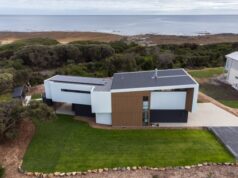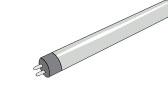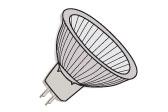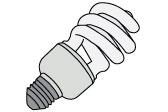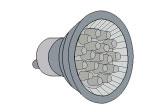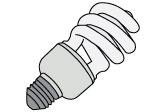Fluorescent tubes
Fluorescent tubes provide a cool, functional and relatively energy efficient way to light large spaces.
Fluorescent tube lighting is popular in offices.
Fluorescent tubes are most...
Halogen globes
These types of globe offer bright, white light, which is ideal task lighting and fantastic as a reading light.
Halogen globes are more efficient and...
Compact fluorescent lamps (CFLs)
These lamps are more efficient, readily available and burn far cooler that conventional incandescents and halogen globes.
A compact fluorescent lamp, or 'CFL' for short.
Compact...
Standard incandescent globes (GLS)
Because they're extremely inefficient and have a poor lifespan, these types of globes are now being phased out in Australia.
Incandescent light globes (officially called...
Light emitting diode (LED) light globes
LED globes, or 'solid state lighting' is fast becoming the lighting of choice thanks to its amazing efficiency and long life.
Some LED globes can...
Light globe types
Different types of globes offer different advantages in different situations. Choosing the wrong type can easily cost you much more in the long run.
The...
Types of lighting
Lighting does more than just help you see — it shapes the mood, improves functionality and highlights the design of every room. Whether you’re planning a new build or upgrading an older home, understanding the different types of lighting is key to creating a space that’s practical, stylish and energy efficient.
Garage lighting
Garage and workshop lighting needs to be bright and functional - not just for safety, but also for security.
Good lighting makes a big difference...
Security lighting
Lighting plays an important role in most home security systems, and is a relatively cheap and effective deterrent.
Floodlights with sensors are a simple and...
Landscape and garden lighting
Good landscape and garden lighting can do amazing things for the way your yard looks at night.
Outdoor lighting presents a great opportunity to experiment.
Landscape...


